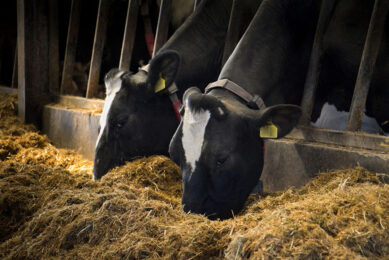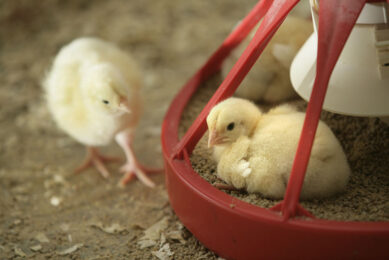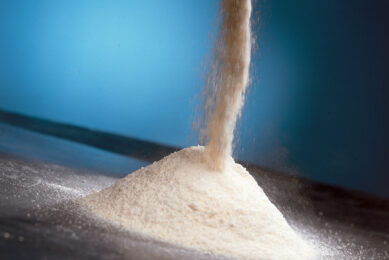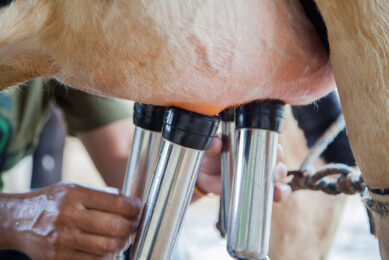Wellhope De Heus – a feed fairytale in the Far East
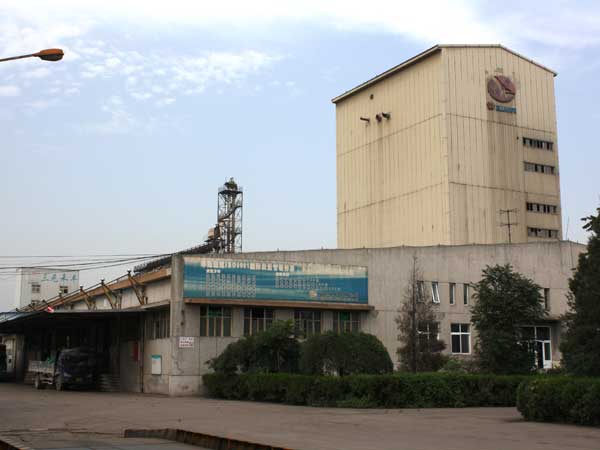
Although barely 15 years old, Chinese feed producer Wellhope, headquartered in Shenyang, is growing very rapidly to become one of the world’s larger feed producers. Along with its growth, a pig and poultry integration is also coming into existence.
With a country such as China providing massive opportunities in pig production, it is no wonder gigantic mega-companies come into existence, trying to serve the country’s budding local agribusiness. It’s difficult to underestimate the power and progress of the Chinese market, when listening to Jan Cortenbach, chief technical officer at Wellhope De Heus, a feed joint venture. Within seven years, he says, the company’s feed production tonnage increased nearly ten-fold. From 250,000 tonnes in the year 2003, the company went to a mind-boggling 2.15 million tonnes of feed produced in 2010.
Wellhope only started in 1995, as a joint project of seven ambitious young school friends starting out to make premixes from Shenyang, in the agricultural Liaoning province, not too far from the border with North Korea. In fifteen years, the company, still headquartered in this city in the North of China, expanded to consist of 49 feed mills, with 47 in China, one in North Korea and one in Nepal.
In addition to becoming a serious player in the feed market, the company now owns an impressive range of companies closely related to agriculture: four animal drug factories, two machinery companies, eight trade companies in feed ingredients, two farm equipment companies (making e.g. sow and drinking equipment), seven poultry slaughterhouses, one pigment processing company, one fishmeal factory.
Wellhope has approximately 6,500 employees, and serves about 250,000 customers throughout China and beyond.
Sales volume went up to about 2,150,000 tonnes in 2010 – up from 250,000 in the year 2003. The majority of the sales is earned through the sale of complete feed (58%); concentrates account for 39% of sales, whereas premixes account for 3%. Sales income amounted to RMB 684 million (€73 million) in 2010, which was RMB 60 million (€6.4 million) up from the year before.
‘Pigs’ is the most important business group for Wellhope – about 33.45% of all sales is related to the pig industry. Layer birds (29.97%) come second; and broilers (23.11%) were third in 2010. Other animal species include cattle (8.90%); aquaculture (4.10%); and foxes (0.38%). Wellhope’s products are sold in Vietnam, Iran, Russia, Korea and Nepal as well.
Joint venture
Hand in hand with Wellhope’s rapid development was the joint venture with feed producer De Heus, headquartered in the Netherlands. The family-owned business (1,200 employees) is the largest feed producer in the Netherlands. It has adopted an international strategy since 2001, when the next generation of management acknowledged that remaining confined to the Dutch feed market would equal to being taken over by just another hungry feed giant. The company therefore looked abroad for partners to work with. In October 2006, De Heus entered into a joint venture with Wellhope, ‘strengthening the competetive advantage’ of both parties.
The two privately-owned companies established a joint-venture in which the Dutch company has a minority share. Cortenbach states that the experiences have been excellent and both parties profit from each other’s know-how. “For instance, in the Netherlands, we have knowledge about feed formulation, and milling and mixing technologies. In addition, the Dutch know how to manage a farm – this is often the biggest problem in China! When target figures are not met, producers often blame it on the quality of feed. But often it’s the management.”
In return, Wellhope has a lot to offer De Heus as well, Cortenbach explains. “In China a lot of knowledge of sourcing different kinds of raw materials can be found, including the use of it – for example rice bran. This is knowledge De Heus can transfer to its feed plants in Vietnam. In addition, the use of herbs and Chinese medicines for animals is useful knowledge in the search to find antibiotic replacers. Last but not least, Wellhope’s company management involves thousands of kilometres, distances we don’t know in the Netherlands. How do they manage?”
Longer term strategy
Wellhope’s longer-term strategy is to become the number one feed company in the North East of China, with a gradual expansion to the country’s South. In this process, there is the aim for both pig and poultry integrations to be set up. This in accordance with the policy of the Chinese authorities. Having integrations means that one company is responsible for the chain from farm to fork – so in the unlikely event of a production mistake, it is clear whose responsibility it is and no lengthy investigations into liability are needed. Recently, when a clenbuterol contamination was discovered in meat in China – everybody pointed to each other, says Cortenbach. Hence there is a desire for change, and Wellhope is trying to play a part in this development.
In poultry, China’s average is still at 60% backyard production. A Wellhope integration has already partly established the ownership of seven poultry slaughterhouses and Wellhope also owns one breeder farm and one hatchery; no layer facilities have been added yet. The company aims to increase processing facilities, as well as to develop stronger in own parent stock and hatcheries, aiming for 80,000 broiler parent stock.
It is logical that broilers are the first field of investment, says Cortenbach. “In pigs much more capital investment and risk is needed, as there are longer life cycles.” Although no short term investments are planned in this direction, this does not mean that Wellhope is not exploring the country’s pig market. On the contrary, since 80% of total pig production is still carried out in backyard farming, there is a world to win.
Feed production in China |




